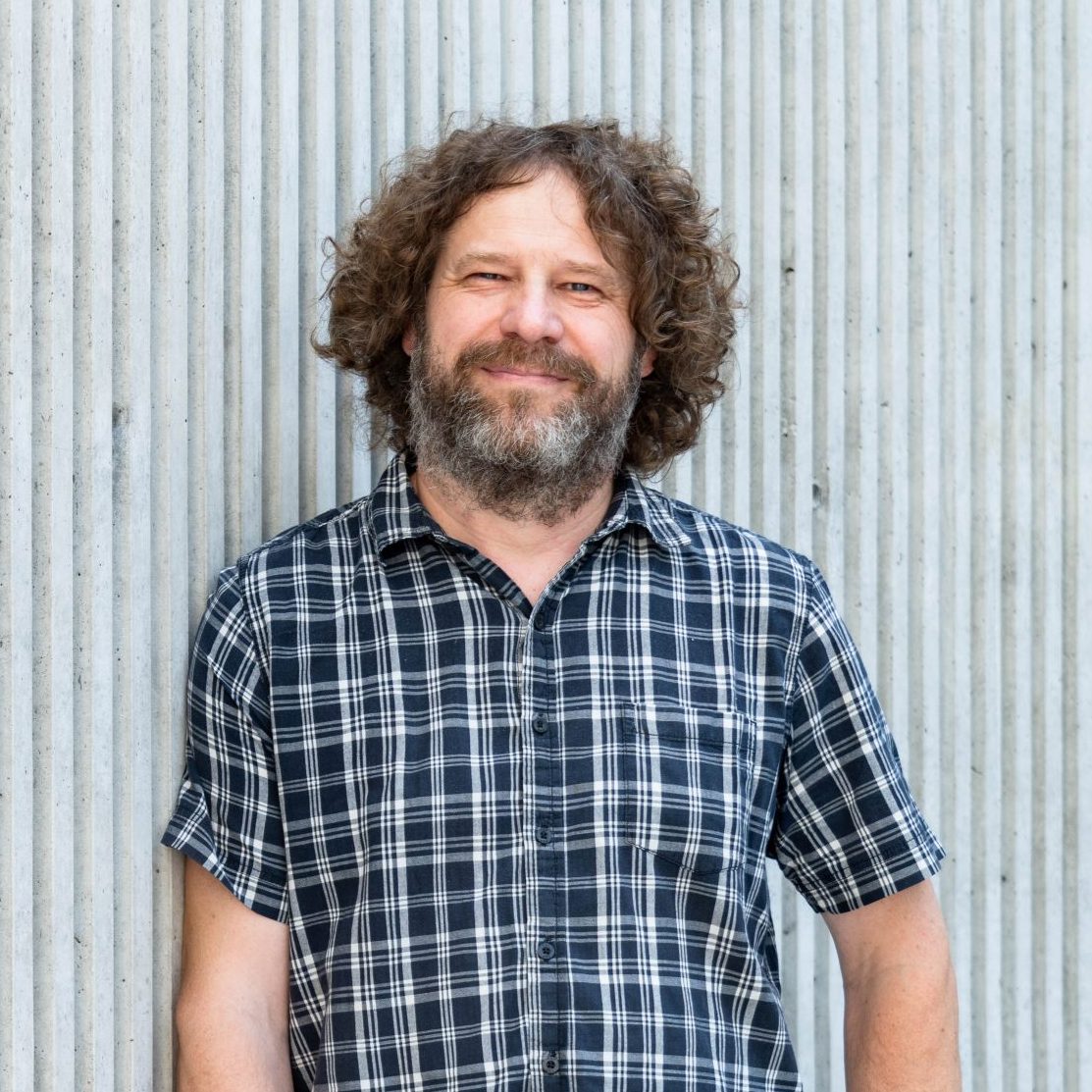Laboratory of Cellular Communication
Head: Vitězslav Bryja
Brno node
HOME INSTITUTION
Faculty of Science MU
RESEARCH PROGRAMME(S)
RP 1 - Molecular basis of cancer and molecular targets
RP 3 - Biomarkers of cancers and cancer diagnostics
If you want to win, know your enemy first: From Molecular Principles to Therapeutic Innovations!
- Mission: Our mission is to uncover the molecular principles controlling communication between the tumor cell and the surrounding tissue. We are dedicated to basic research on which we build the development of innovative chemotherapeutics. In parallel, we aim to use this knowledge to better diagnose cancer using biomarkers such as circulating tumor cells and extracellular vesicles.
- Vision: Innovative cancer treatments and diagnostics that take advantage of the fact that cancer cells also need to interact with their environment to provide a supportive environment and energy resources. If we stop the communication that leads to the “enslavement” of the surrounding cells, we stop the development of the tumor.
Dysregulated intercellular communication is one of the most common reasons for tumor transformation. We use both proteomic and genomic (incl. single-cell RNASeq) approaches to understand the molecular mechanisms of cell communication, plasticity and diversity in tumors. We focus on the role of cellular heterogeneity and selected surface molecules in the diagnosis of cancer.
SELECTED PUBLICATIONS
- Vyhlídalová Kotrbová A, et al., Proteomic analysis of ascitic extracellular vesicles describes tumour microenvironment and predicts patient survival in ovarian cancer. J Extracell Vesicles. 2024 Mar;13(3):e12420. DOI: 10.1002/jev2.12420
- Němec V, et al., Discovery of Potent and Exquisitely Selective Inhibitors of Kinase CK1 with Tunable Isoform Selectivity. Angew Chem Int Ed Engl. 2023 Mar 6;62(11):e202217532. DOI: 10.1002/anie.202217532
- Dani N, Herbst RH, McCabe C, Green GS, Kaiser K, Head JP, Cui J, Shipley FB, Jang A, Dionne D, Nguyen L, Rodman C, Riesenfeld SJ, Prochazka J, Prochazkova M, Sedlacek R, Zhang F, Bryja V, Rozenblatt-Rosen O, Habib N, Regev A, Lehtinen MK. A cellular and spatial map of the choroid plexus across brain ventricles and ages. Cell. 2021 May 27;184(11):3056-3074.e21. DOI: 10.1016/j.cell.2021.04.003
- Radaszkiewicz T, Nosková M, Gömöryová K, Vondálová Blanářová O, Radaszkiewicz KA, Picková M, Víchová R, Gybeľ T, Kaiser K, Demková L, Kučerová L, Bárta T, Potěšil D, Zdráhal Z, Souček K, Bryja V. RNF43 inhibits WNT5A-driven signaling and suppresses melanoma invasion and resistance to the targeted therapy. Elife. 2021 Oct 27;10:e65759. DOI: 10.7554/eLife.65759
- Kotrbová A, Ovesná P, Gybel’ T, Radaszkiewicz T, Bednaříková M, Hausnerová J, Jandáková E, Minář L, Crha I, Weinberger V, Záveský L, Bryja V, Pospíchalová V. WNT signaling inducing activity in ascites predicts poor outcome in ovarian cancer. Theranostics. 2020 Jan 1;10(2):537-552. DOI: 10.7150/thno.37423
- Janovska P, Verner J, Kohoutek J, Bryjova L, Gregorova M, Dzimkova M, Skabrahova H, Radaszkiewicz T, Ovesna P, Vondalova Blanarova O, Nemcova T, Hoferova Z, Vasickova K, Smyckova L, Egle A, Pavlova S, Poppova L, Plevova K, Pospisilova S, Bryja V. Casein kinase 1 is a therapeutic target in chronic lymphocytic leukemia. Blood. 2018 Mar 15;131(11):1206-1218. DOI: 10.1182/blood-2017-05-786947
COLLABORATION WITHIN THE NICR
SPECIALIZED EXPERTISE AND TECHNOLOGY
Proteomics and genomics including single cell methods and data analysis
Extracellular vesicles/exosomes – isolation and characterization
Methods of cell migration and invasion analysis
Multiparametric flow cytometry
In vivo models of cancer
Organoids derived from ovarian tumors
COLLABORATION WITH LARGE RESEARCH INFRASTRUCTURES AND RESEARCH CENTRES
National infrastructure for biological and biomedical imaging Czech-Bioimaging
Czech Centre for Phenogenomics CCP
Czech Infrastructure for Integrative Structural Biology CIISB
Czech National Infrastructure for Biological Data ELIXIR CZ
Biotechnology and Biomedicine Centre of the Czech Academy of Sciences and the Charles University BIOCEV
Central European Institute of Technology at Masaryk University CEITEC MU



